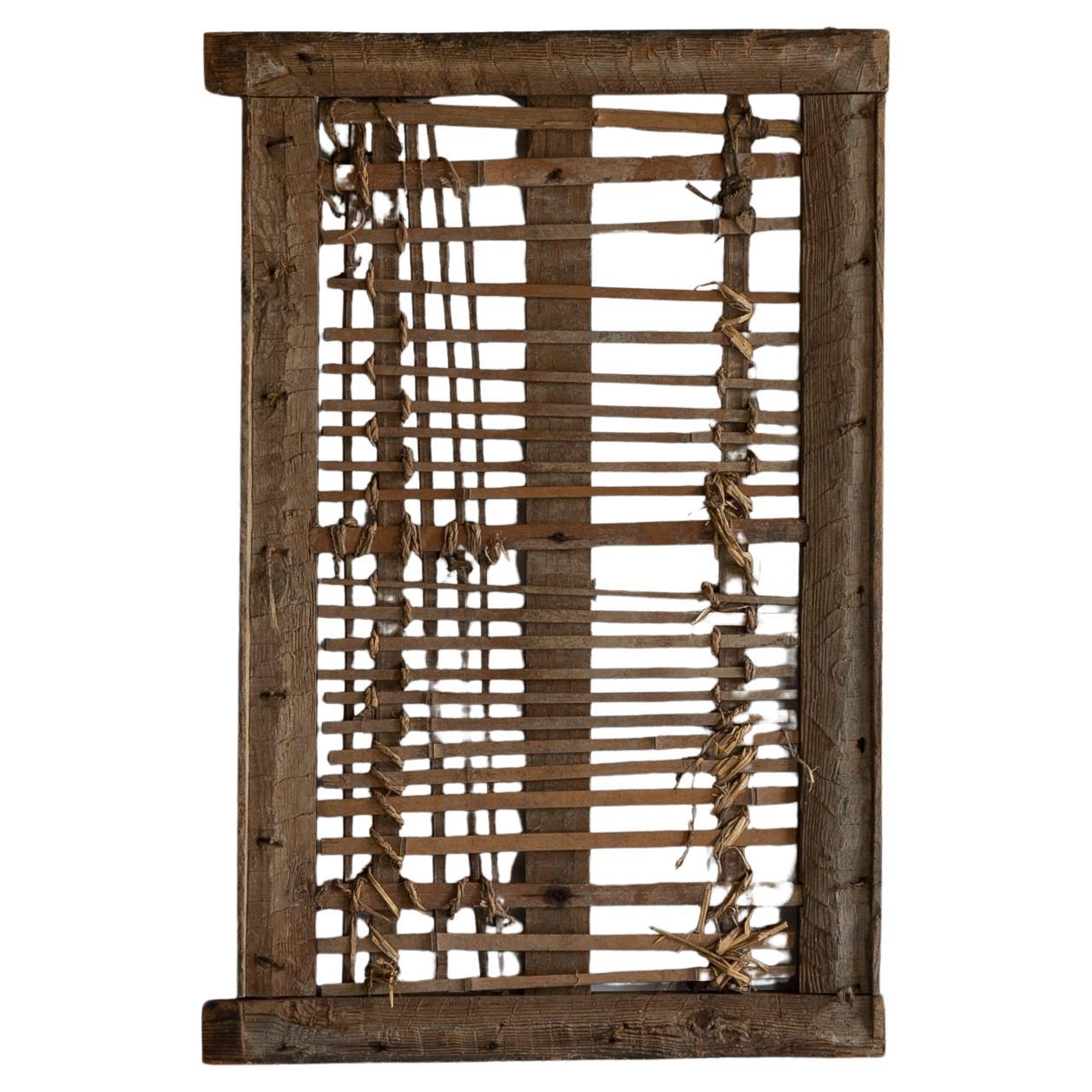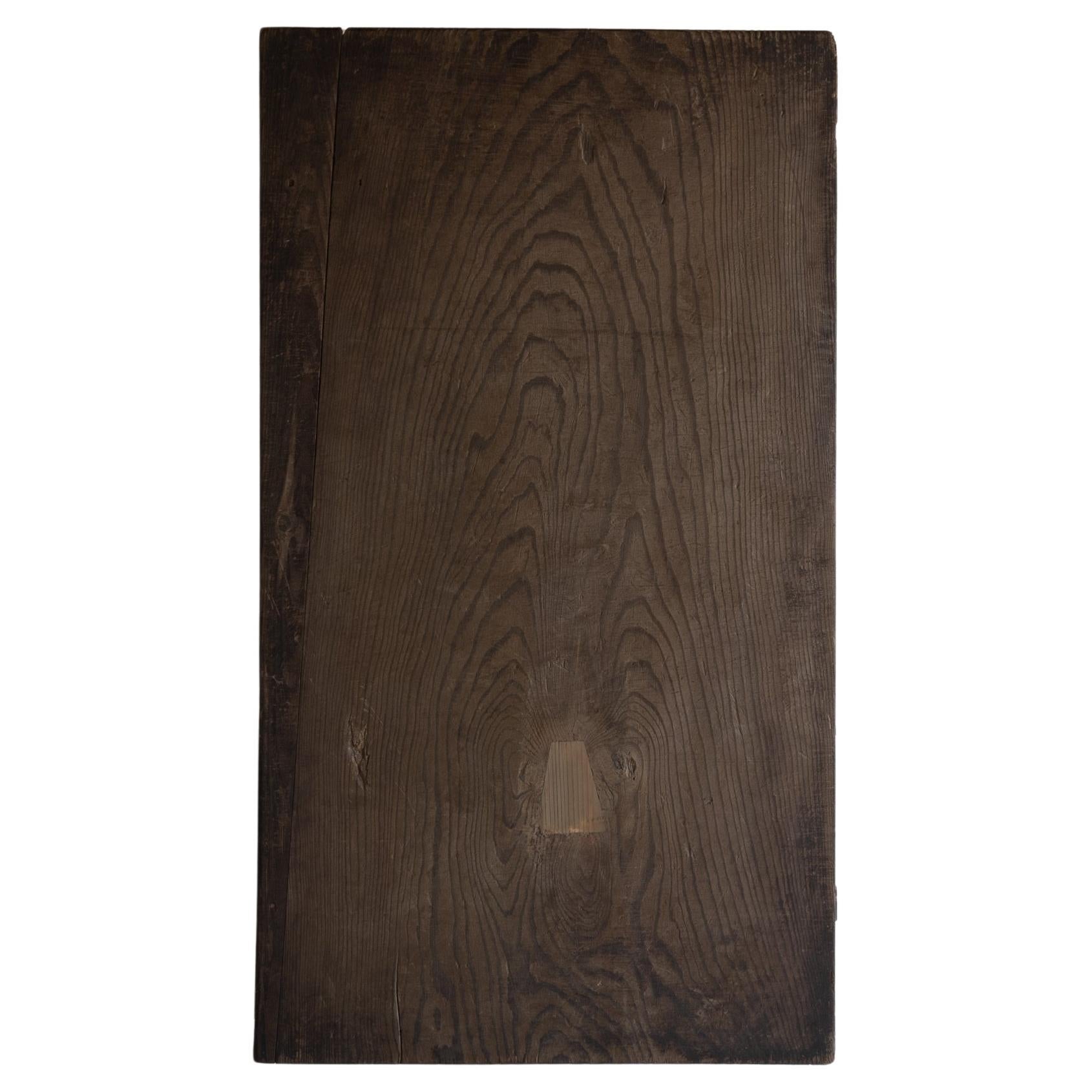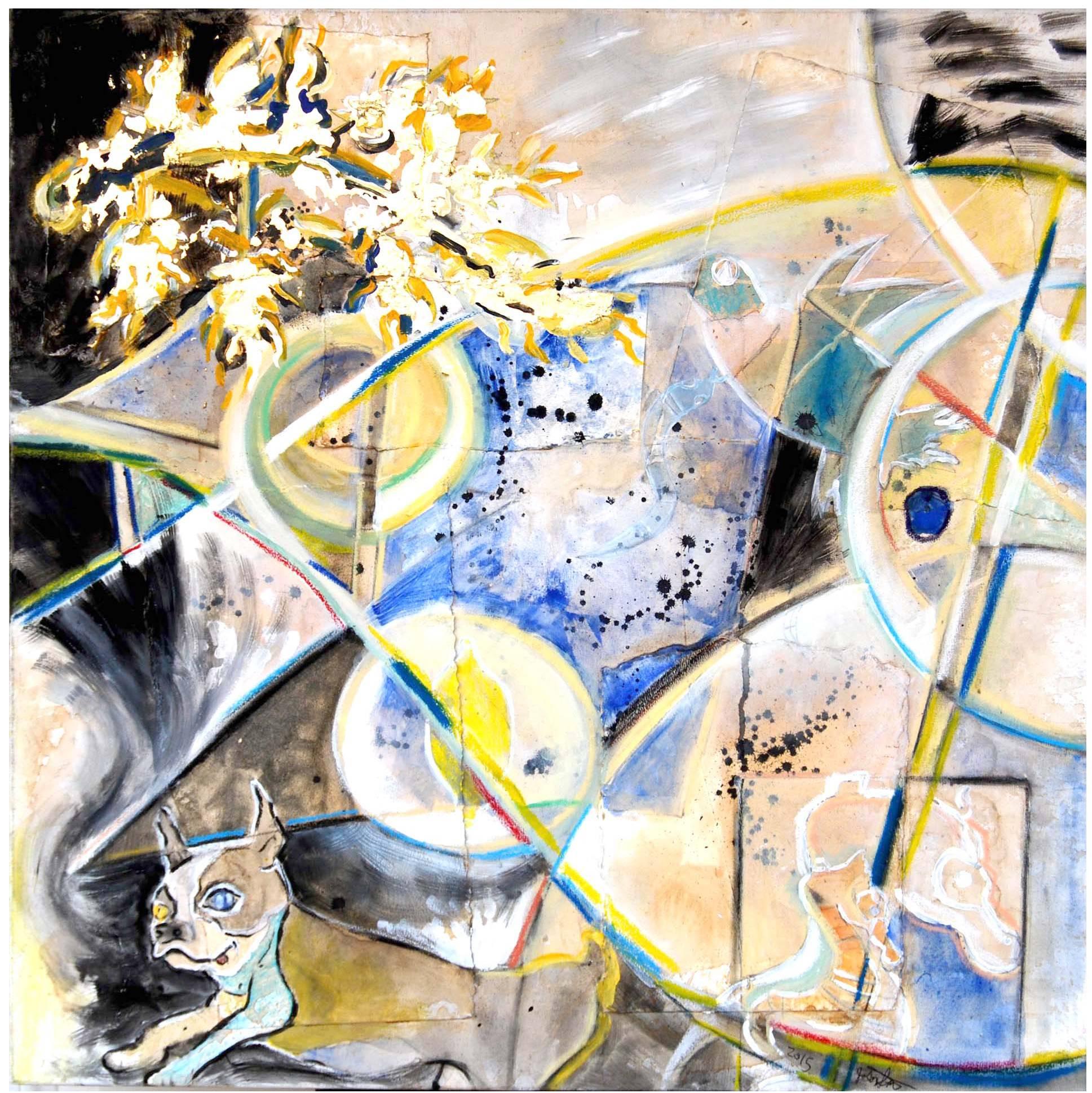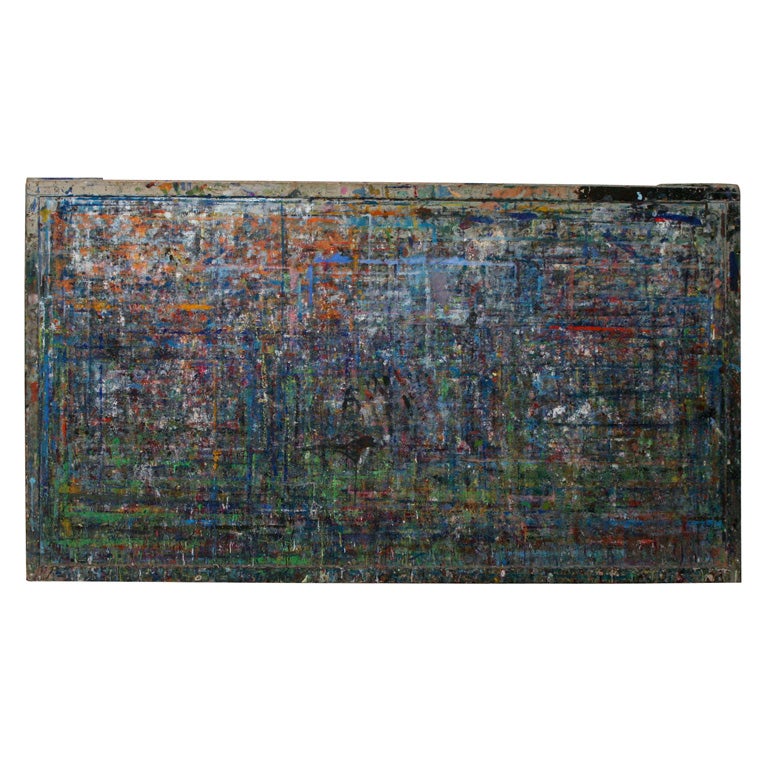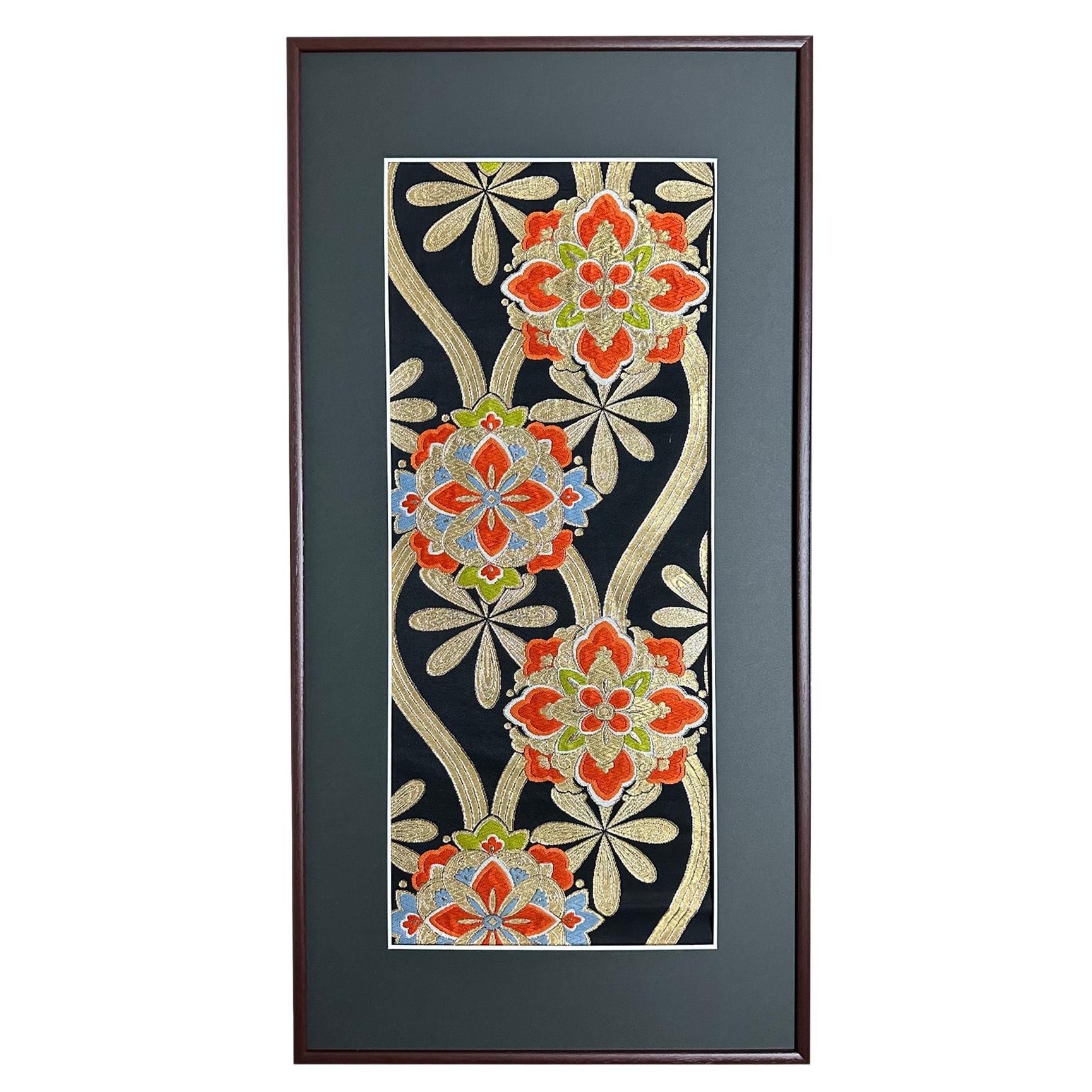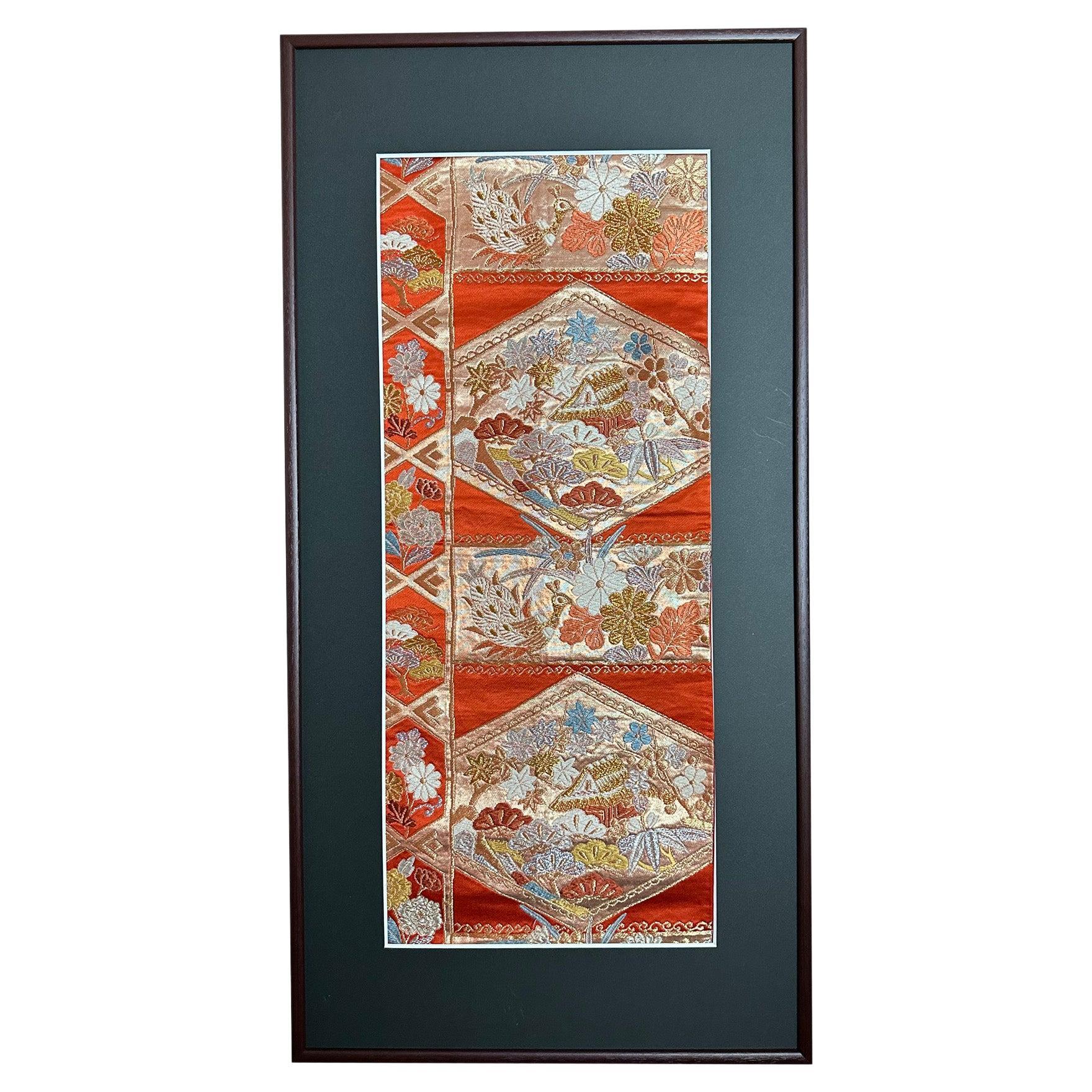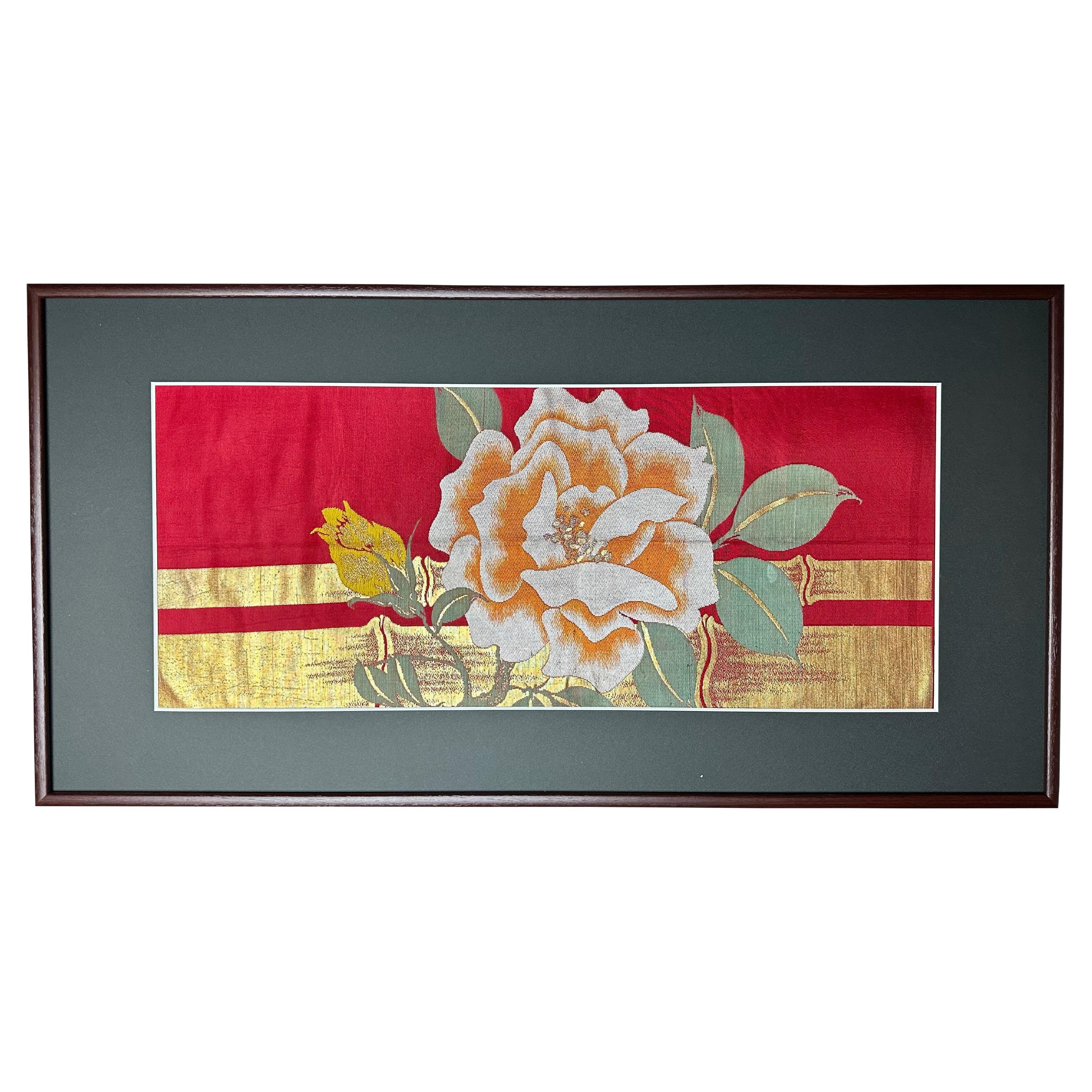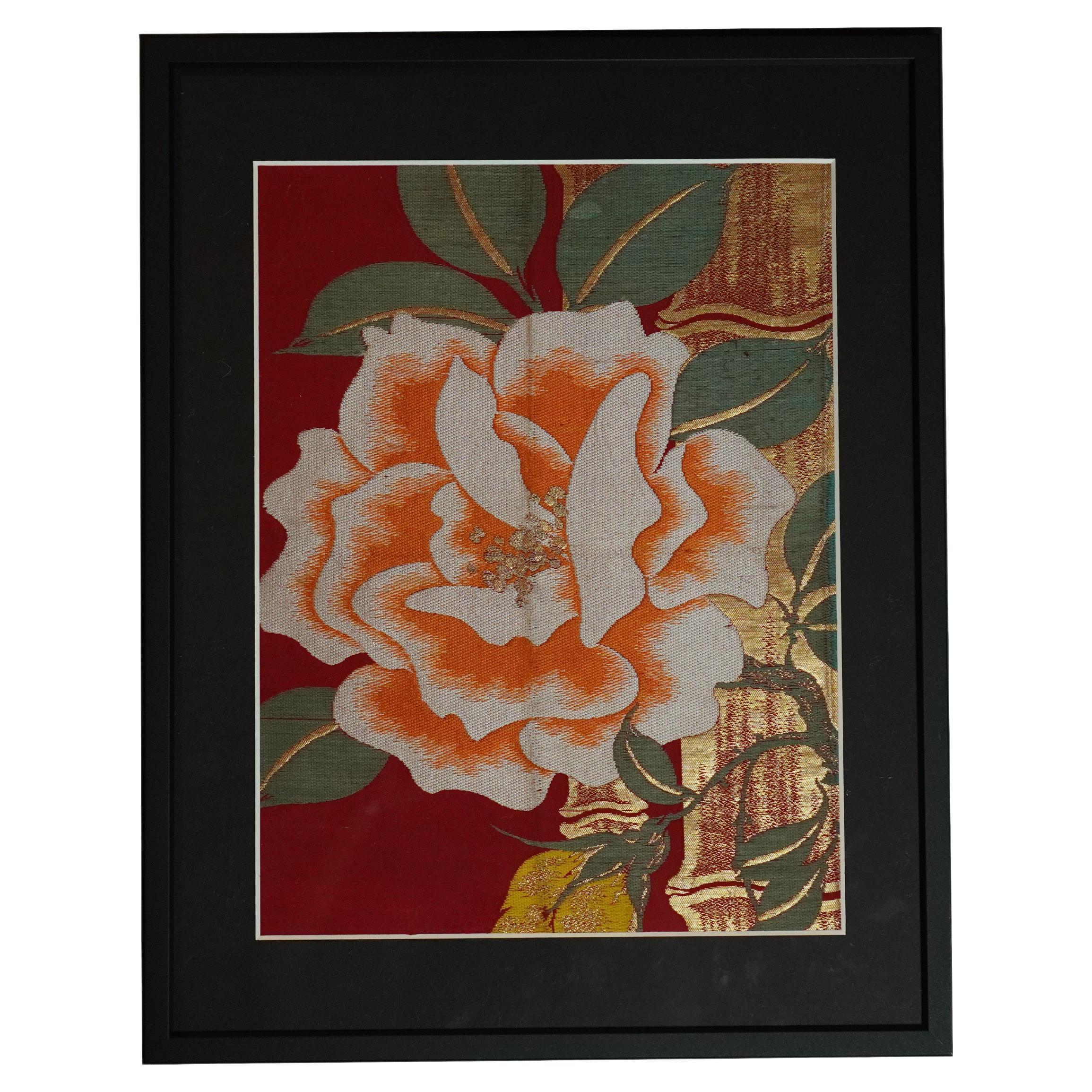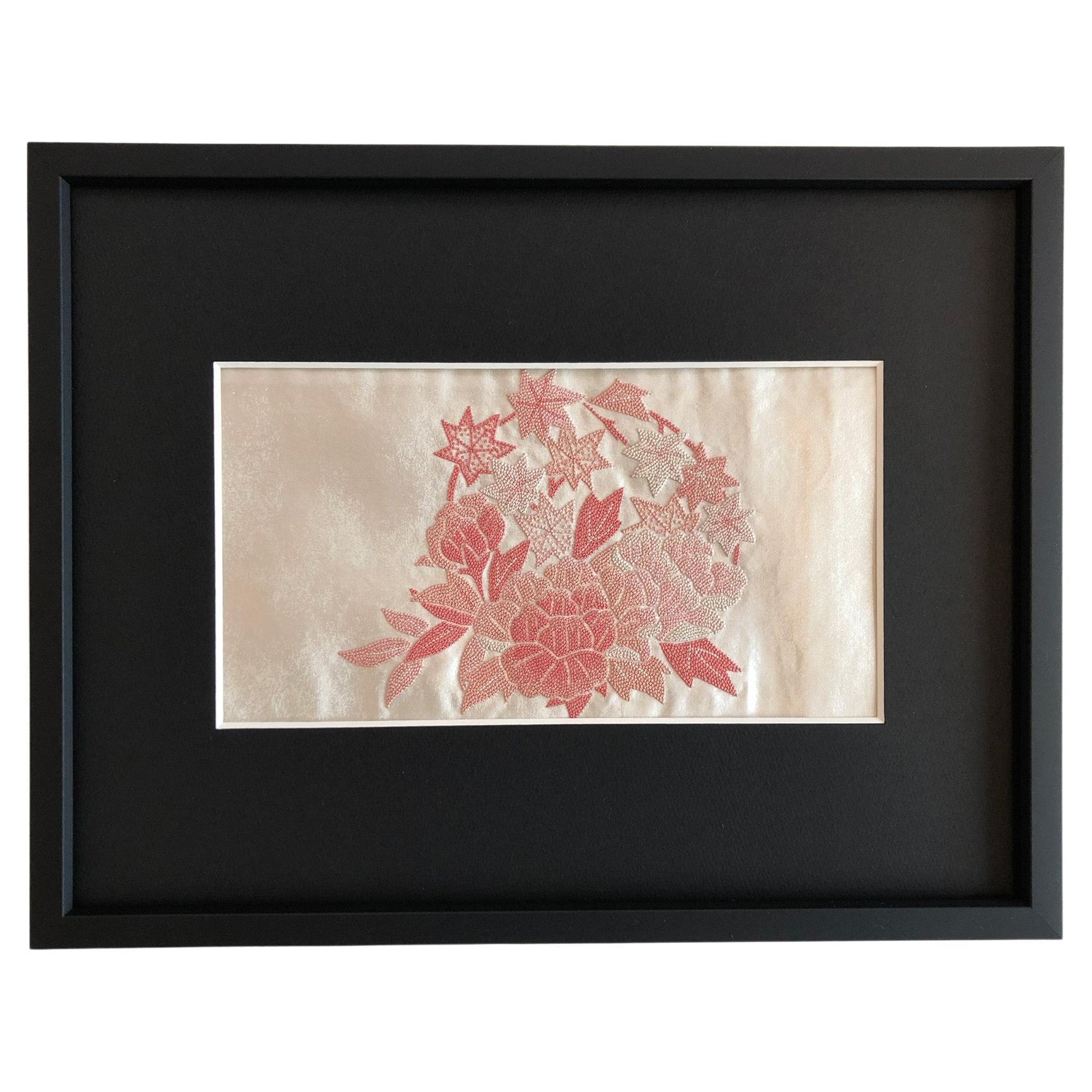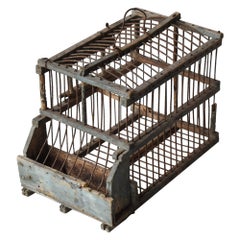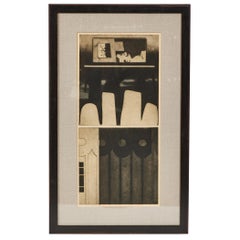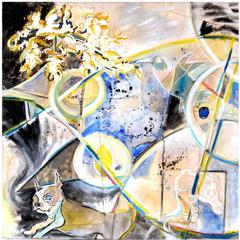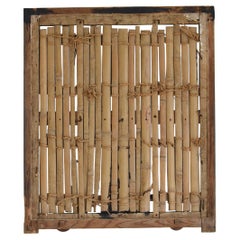
Japanese Old Door 'Abstract Art' 1750s-1860s/Antique Architecture Wabisabi Art
View Similar Items
Want more images or videos?
Request additional images or videos from the seller
1 of 12
Japanese Old Door 'Abstract Art' 1750s-1860s/Antique Architecture Wabisabi Art
About the Item
- Dimensions:Height: 29.14 in (74 cm)Width: 24.81 in (63 cm)Depth: 1.97 in (5 cm)
- Style:Edo (Of the Period)
- Materials and Techniques:
- Place of Origin:
- Period:
- Date of Manufacture:1750s-1860s
- Condition:
- Seller Location:Sammu-shi, JP
- Reference Number:1stDibs: LU5487226144032
About the Seller
5.0
Platinum Seller
These expertly vetted sellers are 1stDibs' most experienced sellers and are rated highest by our customers.
Established in 2015
1stDibs seller since 2020
1,110 sales on 1stDibs
Typical response time: 4 hours
More From This SellerView All
- Japanese Antique Door 1860s-1920s / Wall Decoration WabisabiLocated in Sammu-shi, ChibaThis is a very old sliding door made in Japan. It is from the Meiji period (1860s-1920s). It is mainly made of cedar wood and bamboo, and reinforced with tin. This composition is ver...Category
Early 20th Century Japanese Meiji Doors and Gates
MaterialsSteel, Zinc
- Japanese Antique Candle Stick 1800s-1860s / Mingei Object WabisabiLocated in Sammu-shi, ChibaSince ancient times, people have created necessary tools from familiar materials, passed them on, and nurtured a lifestyle culture in order to survive in the severe struggle against nature. Over a long period of time, the tools accumulate a certain flavor and reflect the way of life. The harsher the natural environment and the weaker the human being, the stronger the power of the tool. In today's world, where cheap and disposable products are encouraged, the act of repeatedly modifying and re-creating the things around us opens up a new world. With this philosophy in mind, we carefully select and collect beautiful, powerful, and unique Japanese antiques. This is a very old candlestick...Category
Antique Late 19th Century Japanese Edo Antiquities
MaterialsCedar
- Japanese Antique Birdcage 1860s-1920s / Object Figurine Wabisabi ArtLocated in Sammu-shi, ChibaIt is an old Japanese birdcage. It is a product of the Meiji period (1860s-1920s). It is assembled of wood and iron wire. It's a very unique item. It is a miracle that this rem...Category
Early 20th Century Japanese Meiji Bird Cages
MaterialsIron
- Japanese Antique God's House "ZUSHI" 1800s-1860s / Mingei Wabisabi ObjectLocated in Sammu-shi, ChibaThis is a very old Japanese so-called "house of God". It is called "ZUSHI" in Japanese. It is from the Edo period. (1800's to 1860's). The roof part is made of bamboo, and the rest ...Category
Antique Late 19th Century Japanese Edo Antiquities
MaterialsBamboo, Cedar
- Japanese Antique Black Storage Box 1800s-1860s / Drawer Tansu WabisabiLocated in Sammu-shi, ChibaVery old storage box made in Japan. This furniture is from the Edo period (1800s-1860s). It is made of paulownia wood. It has been smoked black. The soot has piled up and made this ...Category
Antique Late 19th Century Japanese Edo Commodes and Chests of Drawers
MaterialsWood
- Japanese Antique Wood Carving Large Horse 1800s-1860s / Sculpture WabisabiLocated in Sammu-shi, ChibaVery old Japanese large wooden carving of a horse. It dates from the Edo period (1800s-1860s). It is made of cedar wood. In Japan, there is ...Category
Antique Late 19th Century Japanese Edo Sculptures and Carvings
MaterialsCedar
You May Also Like
- Vintage Abstract 'Architectural' EtchingLocated in Pasadena, CAWe love this striking vintage abstract 'Architectural' etching. It has been newly framed with a complementary linen mat and a rich dark finished wood....Category
Mid-20th Century Contemporary Art
MaterialsWood, Paper
$1,240 Sale Price20% Off - Abstract Art Painting Old Dog, New TricksLocated in Dallas, TXTitle: “Old Dog, New Tricks”. Size: 36 in. X 36 in. Year: 2014. Narrative representation of the time period of the artist’s life during 2014. Multi-media...Category
21st Century and Contemporary North American Contemporary Art
- Painted Door ArtLocated in Hudson, NYPainted door art came out of an art school in France in the 1940s. They were used as painting surfaces. Two available.Category
Vintage 1940s French Contemporary Art
$8,500 - Japanese Kimono Art / Japanese Wall Art /Wall Decoration-TATE-WAKU-Located in Shibuya City, TokyoThis wonderful work of art, made of venerable kimono obi, is created by skilled Japanese artisans just for you. The colorful floral patterns and the curved patterns called TATE WAKU, embroidered with gold threads make this piece an impressive gem. TATE WAKU is a prestigious traditional Japanese pattern that is believed to have been created between the Nara period...Category
21st Century and Contemporary Contemporary Art
MaterialsAcrylic
$688 Sale Price20% Off - Japanese Art / Kimono Art - Seasonal Flowers -Located in Shibuya City, TokyoJapanese Kimono Art by Kimono-Couture Title:Seasonal Flowers This Japanese Kimono Art is a one-of-a-kind wall art, painstakingly created by Japanese craftsmen. The bright pink color of this wall art is made from silk fabric, and the beautiful flowers of the Four Seasons are painted on the fabric. The beauty of the artwork can be appreciated by holding it in one's hands. The point we especially want to convey is the language of plum blossoms. Because of its dignified appearance in full bloom, the plum tree has long been loved in Japan for its meaning of elegance and integrity. The cool silver plum blossoms on a bright pink background give the impression of elegance and integrity. By decorating your room with this Kimono Art, you can experience the Japanese Four...Category
21st Century and Contemporary Japanese Contemporary Art
MaterialsSilk
$520 Sale Price32% Off - Kimono Art / Japanese Wall Art /Textile Art -Longevity-Located in Shibuya City, TokyoLongevity by Kimono-Couture *Japanese Kimono Art *Handmade by Kimono-Couture *One-of-a-kind Japanese Art This Wall Decoration is textile art framed with a kimono obi. The obi framed in this artwork is a wish for marriage, childbirth and success in life. Why not display this auspicious Kimono Wall Art in your favourite space? The kimono obi pattern framed in this art is explained below. This orange silk-based obi is decorated with a tortoiseshell l pattern. The tortoiseshell pattern was handed down from China during the Asuka period (592~710) in Japan. During the Heian period (794~1185), only aristocrats were allowed to use the pattern, and the general public could not even see it. Therefore, the tortoiseshell pattern is known as a sacred and prestigious pattern. The tortoiseshell pattern is a regular hexagonal pattern, derived from the shell of a turtle. The regular hexagon is said to be the most stable shape in nature, which means "sturdy and strong". Today, it is also said to be a pattern that brings good luck in money. The tortoiseshell pattern is decorated with pine trees, bamboo, plum blossoms, and flowers of the four seasons such as chrysanthemums, daffodils, autumn leaves, and peonies. In Japan, the pine, bamboo, and plum trees have been a traditional Japanese good-luck charm since around the Edo period (1603~1863). Pine trees are as long as 200 to 400 years old, and some are thousands of years old. Pine trees grow in harsh environments where other trees cannot thrive, and they are considered a symbol of vitality and longevity because of their year-round blue foliage. Bamboo is a symbol of prosperity of offspring because it grows straight and straight with new shoots. Because of its nutritional value, the plum tree played the role of a medicine against illness in ancient Japan. When a Japanese emperor fell ill, he ate...Category
21st Century and Contemporary Contemporary Art
MaterialsSilk, Acrylic
$520 Sale Price20% Off
